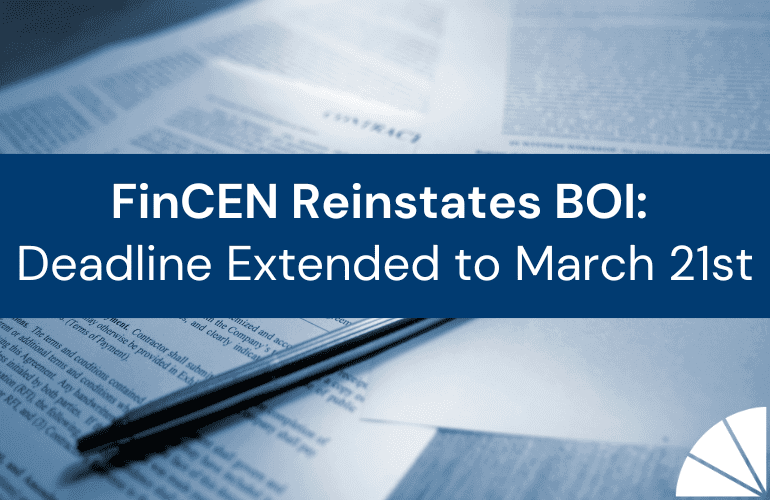
Employee Benefit Plan Audits can sometimes feel like yet another burden on top of a plan administrator’s day to day responsibilities. For the unprepared, an initial audit can drag out and become an even bigger pain point. However, there are some quick and easy ways to ensure that your initial benefit plan audit is as painless and stress-free as possible.
When Does My Organization’s Employee Benefit Plan Need an Audit?
If your plan requires an audit, then you’re likely already familiar with the fact that any plan with eligible participants and participant balances at the beginning of a year in excess of 100 is required to attach the plan’s audited financial statements to the plan’s tax return (Form 5500). However, based on the “80/120 rule” a plan that has between 80 and 120 participants is permitted to be classified in the same manner as the previous year (a “small plan” filer is a plan with fewer than 100 participants, and a “large plan” filer is a plan with greater than 100 participants. Large plans require an audit). Therefore, the audit requirement is only triggered after a plan year begins with greater than 120 participants. Once your plan reaches the audit threshold, it’s time to begin preparing for the initial audit. It’s also important to note that the audit requirement will remain each year unless the plan falls below 100 participants.
Review Plan Documents
Even prior to the audit requirement, it’s important that plan administrators familiarize themselves with the plan documents related to the plan. The Summary Plan Description (SPD) is the easiest plan document to read and understand, as it breaks down all of the different rules and requirements for your specific plan in simple terms. It’s important to understand the SPD, as this document governs the administration of the plan from who is eligible to participate, to when amounts can be distributed, and everything in between. The Department of Labor has specific hot-button issues that they focus on more than others, which means these are the areas that you should focus on as well.
The Sooner the Better!
One of the most important steps in ensuring a seamless audit is engaging an audit firm as early as possible, so you should begin seeking proposals as soon as you trip the audit requirement. Engaging an audit firm early in the year allows the auditor to review many of the documents and reports necessary to properly plan for the audit. Typically, the summer months are the best time to have the audit fieldwork performed as accounting firms have more bandwidth during this time of the year. Therefore, the auditor should be engaged well before this timeframe. This ensures that you are receiving the firm’s full attention while also providing ample time to follow up on issues and finalize the audit. It’s easy for these audits slip to the backburner, which can result in unnecessary stress surrounding the annual October 15 filing deadline. October comes quickly, and it’s best to have the audit completed well before then.
Stay Organized
Ensuring that all the administrative documents are organized and easily accessible is a simple way to streamline the audit process. Audit request lists can seem long and time-consuming to complete. However, having the documents (such as payroll records, enrollment/contribution election forms, distribution/loan requests, plan documents, and employee files) available for the auditors can help ease the burden of this process. Most third-party administrators (such as recordkeepers/custodians and payroll providers) provide for auditor’s access to their websites containing your data, which can significantly reduce audit requests. This lends itself to quick responses to auditors and, ultimately, a smoother audit process.
Here at LGA we have an experienced Employee Benefit Plan Audit practice that is well-versed with first-year audits, and the various challenges that they pose. If you’re in need of an audit, reach out to Matt Touma or Adam Shaker to discuss how LGA can help you.
Written by Adam Shaker





